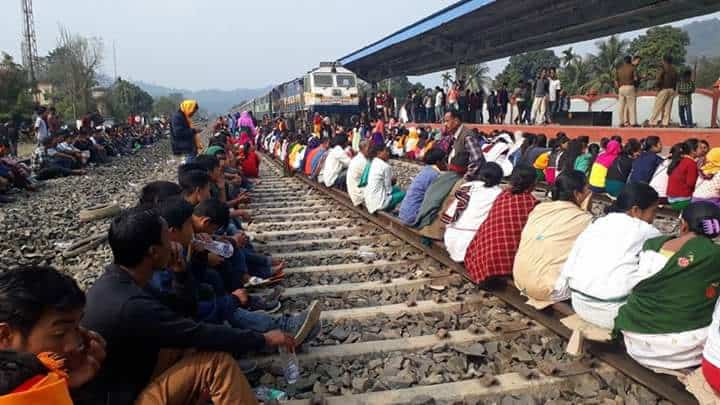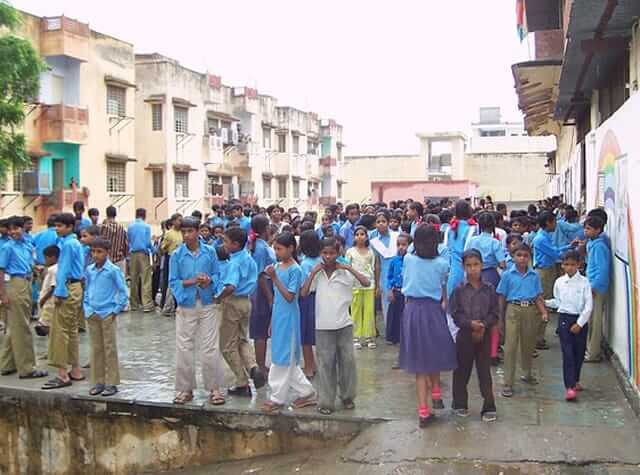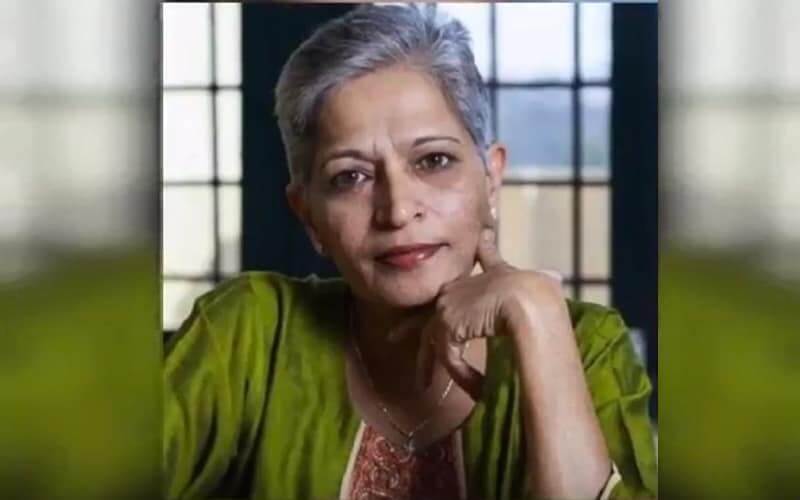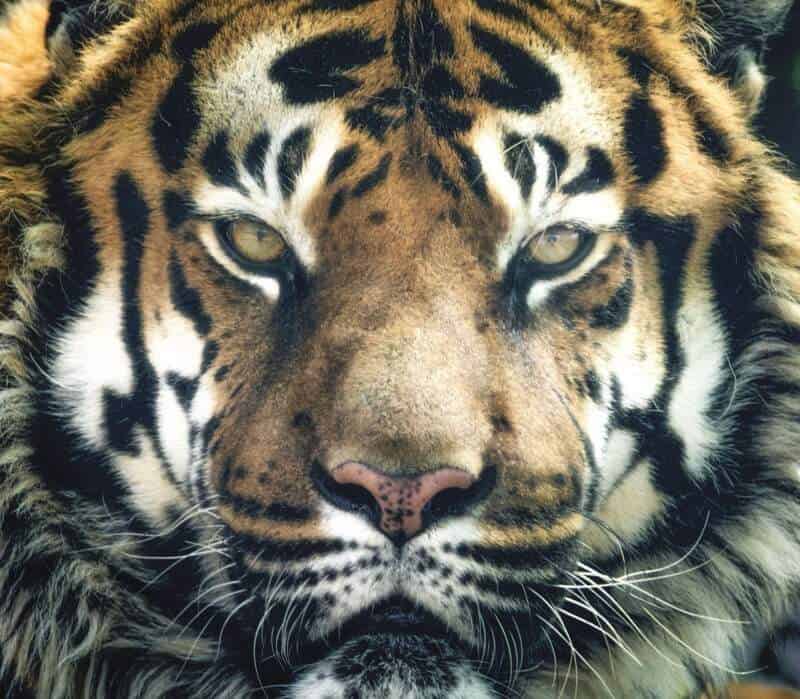Caste is a system of social stratification that originated in the pre-modern era in India in the form of the Varna system. The varna system is based only on occupation which serves as Brahmins (priests), Kshatriyas (guards), Vaishyas (traders), and Shudras (sewage workers). Caste which originated as an identity of occupation later turned into an identity of birth.
Caste System
The caste system in India during independence was terrible and it had its worst effect on every sector of the society the new term untouchable came into existence in this era.
The social workers and philosophers of India strongly criticized this system of caste. For example, Jyotirao Phule, a social activist, opposed caste and its interpretations and argued for the existence of a creator in the Hindu context. If the creator Brahma wanted human beings to be subject to the caste system then why not other species like animals and birds?
Vivekananda
Vivekananda criticized caste as one of the institutions of man, which restrains the individual’s power of free thought and action. This is diabolical and must be put down. Freedom of thought and action, according to Vivekananda, is the only condition of a life of growth and development.
Gandhi
Gandhi, however, disagreed with Ambedkar’s views on caste and reservation, claiming that caste had saved Hinduism from disintegration, but like every other institution, it suffered from excesses. They consider the four varnas as fundamental, southwest, and essential. Numerous castes or sub-castes are considered a hindrance. He advocated the rejection of heredity in caste and argued that the assumption of superiority by any individual over another is a sin against God and man and that the present caste system is antithetical to the principle of Varnashrama. And caste in its present form has nothing to do with religion.
Ambedkar
Ambedkar, a prolific writer, and a key figure in the drafting of the Indian Constitution, was born into a Scheduled Caste family, classified as an untouchable community, criticized the caste system and described untouchables because they do not share the same religion and culture, yet were distant and ostracized from the community in which they lived.
According to him the untouchables are sacred and recognize the secular laws of India. But they are shunned by society and live on the outskirts of the villages, reduced to a low condition of survival. The caste system Ambedkar observed was that a person was considered an untouchable by birth and was assigned a low social status.
Ambedkar thought that the caste system was not universally absolute in his time. The caste system as listed by Ambedkar alienates people instills an inferiority complex among lower-caste individuals, and divides humanity. It prevented the people of India from sharing India’s development and knowledge and destroyed the ability to create and enjoy the fruits of freedom.

people sit on train line in protest
Population Distribution
If we look at the statistics of population distribution by religion and caste, India’s major religion has the highest share of all caste categories, i.e. 22.2% SC, 9% ST and 42.8% OBC, while it is 26% of forward caste. They are also distributed among different castes following many other religions like Muslim, Christian, and Buddhism.
The status of untouchables was generally above their lower status during the colonial period, but the majority had limited mobility. Castes divided people only to disintegrate and cause innumerable divisions that alienated people and created confusion. The curse of caste proved many human disadvantages for society.
Caste-Related Violence
Independent India has seen caste-related violence, according to a 2005 United Nations report, about 31,440 cases of violent acts committed against Dalits were reported in 1996. The UN report claimed 1033 cases of violent acts per 10000 Dalit people. In terms of unreported cases between 40 and 55 cases of violent acts per 10000 people in developed countries in 2005. An example of such violence is the 2006 Khairlanji massacre.
(Udumalpet) The incident of the murder of a 22-year-old Dalit man from Tamil Nadu brought out the worst aspects of our society and also the worst effects of the caste system. A resurgence of caste pride, a brazen disregard for individual rights when they conflict with the hegemonic order, and an anachronistic belief in the notion of purity and pollution of caste.
In this case, a group of mercenaries brutally harassed a person named V Shankar and killed his wife Kaushalya on the spot, and injured another on the roadside. This not only shows a lack of fear of the law, but it also shows an unsettling belief that no one would dare to challenge or chase them. Such killings are often called “honor killings” because their motivation stems from the idea that a woman marrying a man outside her community would bring dishonor to the family.
Reservation for Dalits does not provide social reform. Dalit students still live virtually segregated lives on nominally diverse and inclusive campuses. Caste not only has the worst effect on society but caste also plays its role in the politics and economy of the country.
A person’s social class is determined by their caste identity and inequality in the distribution of land in rural areas has persisted for centuries. And in the rural area man is compelled to follow his community tradition even though he can do better than that. In India, the world’s largest democracy, the influence of caste is in greater numbers. Citizens who must vote for a person eligible to elect their representative often side with their community, even if it is not fit to rule the country.
It is all based on the concept of caste and its worst form has been developed by the community itself. The philosophy that supported the social stratification system in India discouraged critical thinking and cooperative effort, instead encouraging texts that were full of absurd conceits, bizarre fantasies, and anarchic speculations. Lack of mobility and ignorance prevent India from developing technology that can assist man in his endeavor to make bare life and life better than an animal.
RTE Act
Instead of giving reservations, RTE Act should be implemented effectively. The importance of education should be propagated in rural areas, especially in tribal and hilly areas. There should be no compromise on the achievement of 100% gross enrollment and 0% drop-out in elementary education. Though it is very difficult in a vast and diverse nation like India, it is not impossible with political will and efficient bureaucracy.
Awareness about human rights should be spread throughout the country and their importance should be clearly explained in local languages. Everyone is a human being first and all these identities like caste, religion, etc are artificial creations. Mobilization of people based on caste identity should stop.
Decisions of local non-governmental courts such as khap panchayats must be ratified by Indian official courts. Their decisions should align with the Constitution of India and the Parliament Legislation. Incidents of honor killing and untouchability should be strictly banned so that such incidents do not recur. The punishment should be known to the society where such crimes are taking place.

Students at school (File photo).
Conclusion
In conclusion, caste-based occupation is not a problem but considering one occupation as inferior or superior is a problem. Every profession should be respected. Mahatma Gandhi’s concepts of “bread labor” (everyone must do some manual labor) and “trusteeship” (capitalists’ debt to society) are based on this. This can reduce caste-based problems to an extent. The practice of endogamy and pure blood should be eradicated from the minds of the people. Everyone should have the freedom to marry a person irrespective of caste, religion, or any other identity. It can also reduce identity-based problems.
The caste system is not a curse. But considering one caste as superior or dominant should be stopped. Caste should be confined to private space and not taken into the public domain. Raising literacy levels and raising awareness of human rights can eliminate the caste system or limit it to private space.




